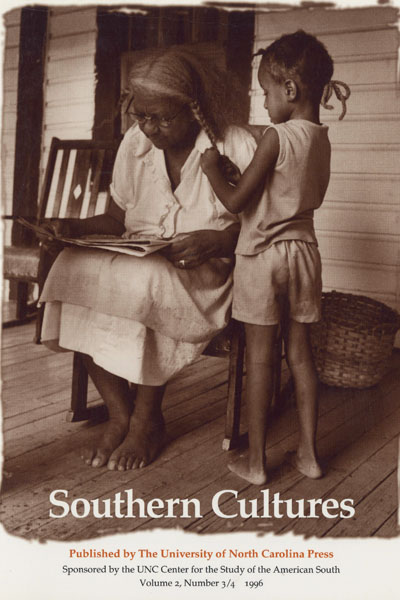North Carolina Wesleyan College Press 1995, 1993
The editor’s introduction to Good Country People suggests that this fascinating volume is to be the first of a series. We should hope that this is so. These authors’ fresh looks at the complex world of Eastern North Carolina are “irregular” only in their avoidance of academic jargon and any single specialized perspective. Culture as a plural promises a diversity that is immediately provided in the contrast between the first two essays. Stanley Knick’s survey of the history and present circumstances of Native American populations in eastern North Carolina gives a brief working definition of culture, along with a series of Native American contributions to that dominant culture we live in and recognize as “ours.” Chris Wilson’s essay on eastern North Carolina architecture in the antebellum period, with its premise that certain forms embody beauty, works within a value system whose origins are explicitly European. This juxtaposition seems deliberate and in accord with the project of cultural mixture that culminates in the concluding piece: a description of the massively heterogeneous collection of objects in the Belhaven Memorial Museum. The concept behind this volume thus appears to be of a culture or cultures in eastern North Carolina that are of diverse and impure origins and of large, amorphous boundaries, but are distinctive, of interest, and worthy of serious investigation. The approaches include the archeological, the art historical, and the anecdotal.


